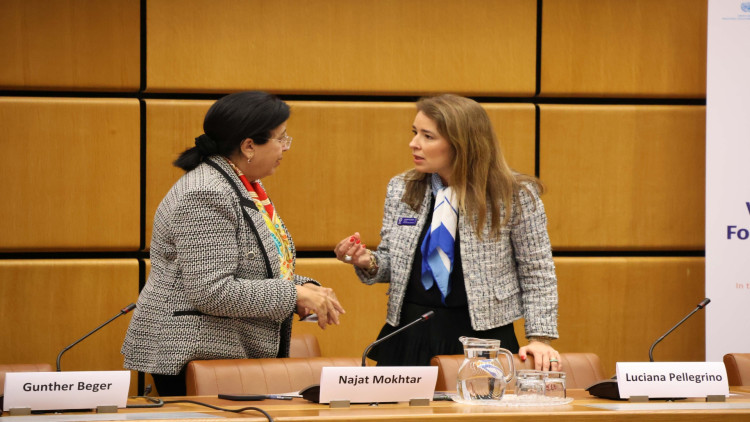Every day, millions of people heat takeout food in plastic containers or buy ready meals without thinking twice about the packaging it comes in. But while packaging is designed to protect food, it can sometimes contaminate it. Studies show that materials like plastic, tin, ceramics and even paper can release harmful substances into food. Using advanced nuclear and complementary analytical techniques, scientists can detect harmful substances at trace levels, ensuring packaging safety and supporting the development of better alternatives.
Contaminants introduced into food by different types of packaging include heavy metals, endocrine disruptors like bisphenols and phthalates, and ‘forever chemicals’ like per- and polyfluoroalkyl substances (PFAS). Even glass bottles aren’t exempt; recent findings reveal they may release more microplastics than plastic containers thanks to the materials used in their cap linings.
Packaging can also introduce microbiological risks, especially when reused or made from biodegradable materials. Governments are beginning to act. Switzerland, for example, is aligning its regulation with the European Union and has banned Bisphenol A (BPA) in food-contact materials, with a full phase-out of hazardous bisphenols planned by 2029.








